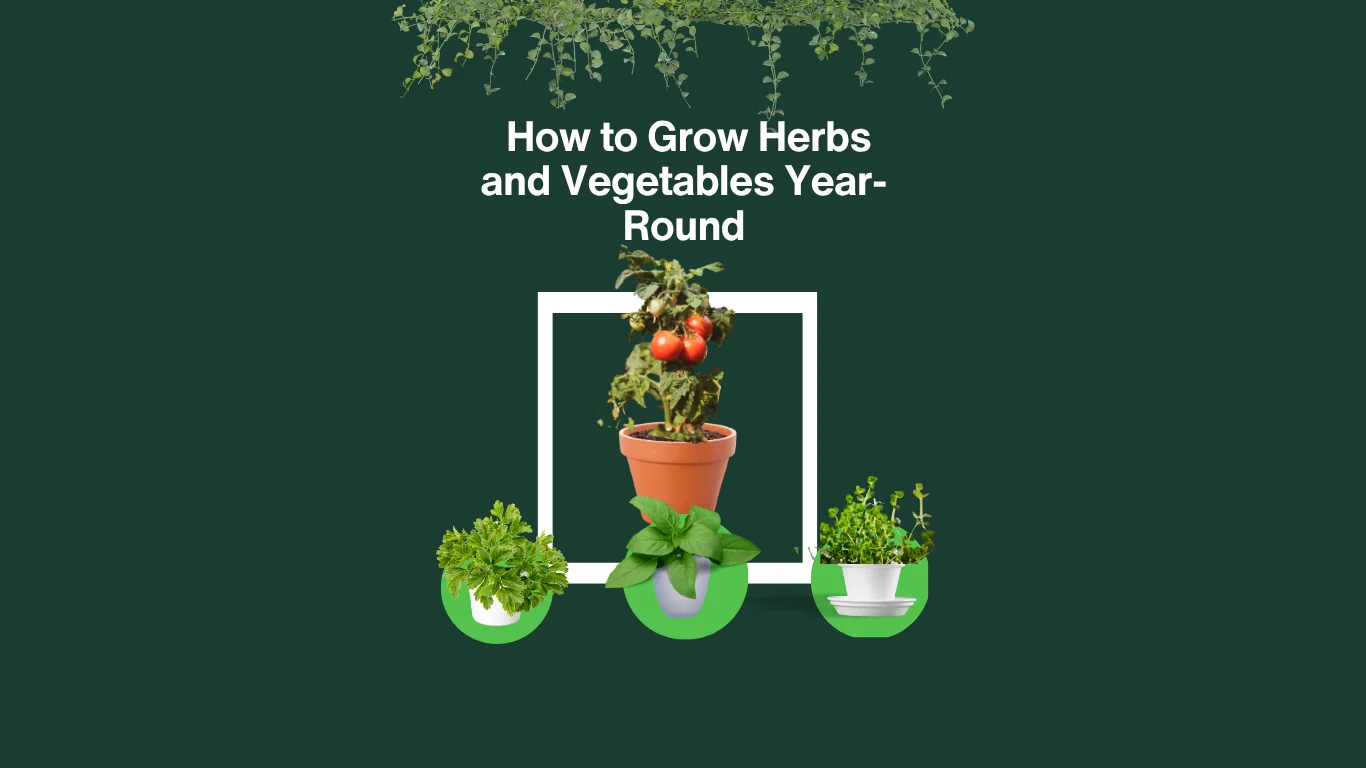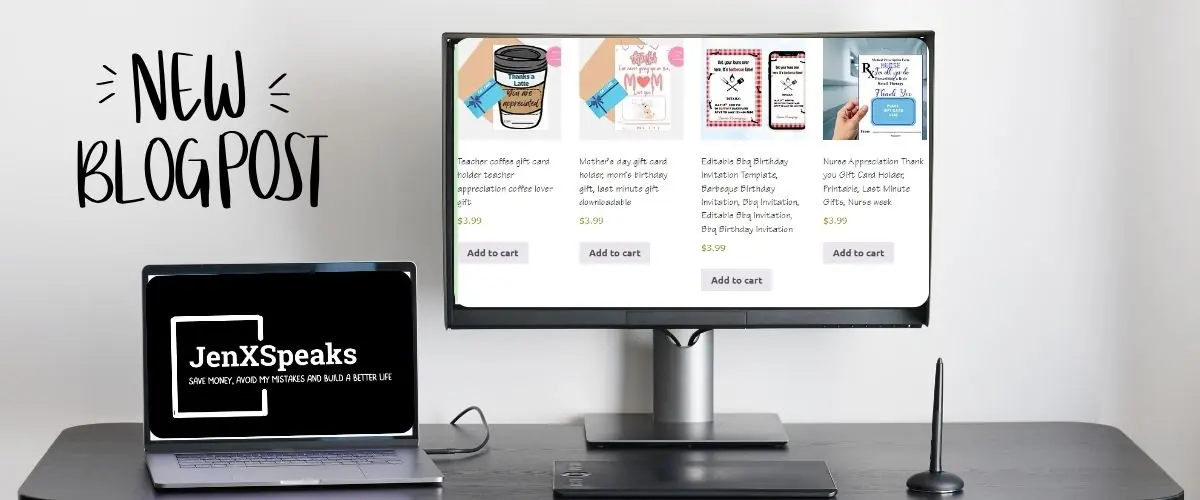
This is a follow up to my previous post about starting and indoor garden. This has more helpful information on best herbs and vegetable to grow indoors as well as light needs and soil qualityanfollow-upthe vegetables.
Indoor Planting Guide for Growing Herbs and Vegetables Off-Season
Indoor gardening allows fresh herbs and vegetables to be grown year-round, regardless of outdoor weather conditions. With the right setup, it is possible to maintain a steady supply of nutritious produce even during the off-season.
Benefits of Indoor Gardening
- Continuous access to fresh herbs and vegetables
- Reduced reliance on store-bought produce
- Control over growing conditions and pesticide use
- Therapeutic and rewarding hobby
Requirements
Light
- Use south-facing windows for natural sunlight.
- Supplement with LED grow lights (12–16 hours daily) for optimal growth.
Temperature
- Maintain 65–75°F (18–24°C) for most herbs and vegetables.
- Avoid placing plants near drafts, heaters, or air conditioners.
Containers
- Choose pots with drainage holes to prevent root rot.
- Use self-watering containers for consistent moisture.
Soil
- Use high-quality potting mix, not garden soil.
- Ensure good aeration and drainage.
Watering
- Keep soil evenly moist but not soggy.
- Water when the top inch of soil feels dry.
Fertilizer
- Apply a balanced liquid fertilizer every 2–4 weeks.
- Reduce feeding during slower growth periods.
Best Herbs for Indoor Growing
- Basil: Thrives in warm, sunny spots; harvest leaves regularly.
- Parsley: Prefers cooler temperatures; grows well in pots.
- Mint: Vigorous grower; best kept in its own container.
- Chives: Easy to grow; regrows after cutting.
- Thyme: Low-maintenance; requires less water.
- Cilantro: Grows quickly but bolts in heat; succession planting recommended.
Best Vegetables for Indoor Growing
- Lettuce & Leafy Greens: Fast-growing; harvest outer leaves continuously.
- Spinach: Prefers cooler conditions; grows well in shallow containers.
- Radishes: Quick harvest (3–4 weeks); compact root crop.
- Carrots: Choose shorter varieties; need deep containers.
- Cherry Tomatoes: Require strong light and support stakes.
- Peppers: Thrive indoors with warmth and light; compact varieties are best.
- Green Onions: Regrow easily from kitchen scraps.
Tips for Success
- Rotate plants weekly for even light exposure.
- Prune herbs regularly to encourage bushy growth.
- Use a small fan to improve air circulation and reduce mold.
- Start small and expand gradually as experience grows.
Troubleshooting Common Issues
- Yellowing leaves: Overwatering or nutrient deficiency.
- Leggy growth: Insufficient light.
- Mold on soil: Poor air circulation or excess moisture.
- Slow growth: Low temperature or lack of nutrients.
Conclusion
Indoor gardening makes it possible to enjoy fresh, homegrown herbs and vegetables throughout the year. With proper lighting, care, and plant selection, an indoor garden can thrive even during the off-season, providing both nourishment and satisfaction.
FAQ
Frequently Asked Questions
What herbs grow best indoors year-round?
The easiest herbs to grow indoors are basil, parsley, chives, thyme, and mint. They thrive in pots with good drainage, steady light, and regular watering.
reach out to our team, share your ideas and watch as we craft a plan that brings your vision to life!
How do I prevent mold in indoor plants?
Improve air circulation with a small fan, avoid overwatering, and make sure your soil drains well. Mold often forms in damp, poorly ventilated conditions.
What vegetables are easiest to grow indoors?
Leafy greens like lettuce and spinach, radishes, green onions, and compact varieties of cherry tomatoes and peppers grow well indoors with the right light and care.
Do I need grow lights for indoor gardening?
While a sunny south-facing window can work, most herbs and vegetables grow best with LED grow lights. Aim for 12–16 hours of light daily for strong, healthy growth.

